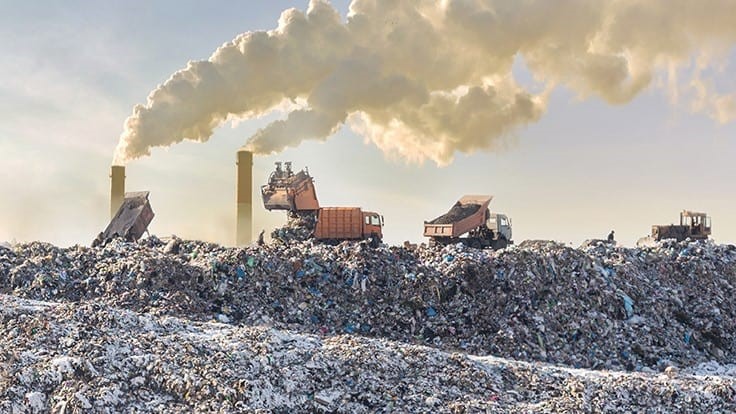Study concludes that PFAS disposal increases contamination
By Haley Rischar | Waste Today Magazine | July 16, 2020

Read the full article by Haley Rischar (Waste Today Magazine)
“According to a study published in Chemosphere, scientists at the Environmental Working Group (EWG), Washington, D.C., have concluded that burning, discarding and flushing waste containing the toxic fluorinated chemicals known as PFAS all contribute to environmental contamination.
The three standard practices for waste management outlined in the review, such as landfilling, wastewater treatment and incineration, have been found to not effectively contain or destroy PFAS.
‘The three common ‘disposal’ options for getting rid of PFAS do not eliminate these contaminants but rather end up just returning either the same chemicals or their byproducts back into the environment,’ said Tasha Stoiber, EWG senior scientist and primary author of the study, in a release. ‘PFAS disposal is really just another step in the contamination cycle.’
Communities with contaminated water supplies increasingly look to PFAS treatment technologies, but every technology produces PFAS-laden waste. With current disposal options, the concentrated PFAS likely returns to the environment, to require removal once more. As the need to dispose of this waste grows, handling of PFAS waste at disposal sites has received more scrutiny…”
This content provided by the PFAS Project.
Location:
Topics: